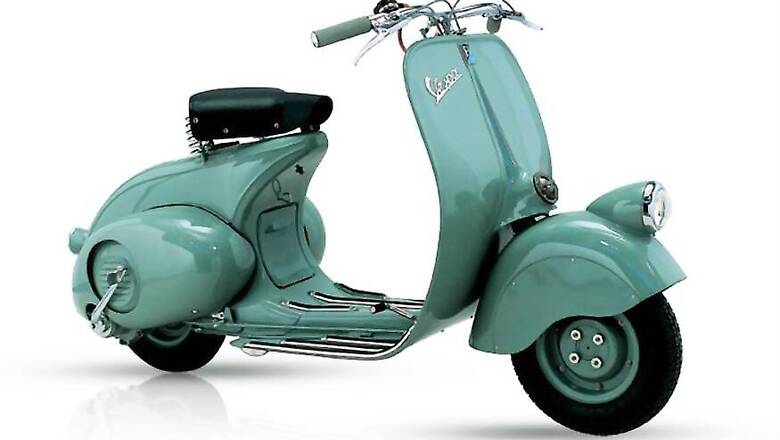
views
Design classic and symbol of the “dolce vita”, the Vespa turns 70 on April 23 and Italy’s most celebrated scooter is buzzing along nicely after tripling sales in the last decade. It was in Florence that the wasp-shaped two-wheeler was born, Enrico Piaggio having registered the patent in the Tuscan capital on April 23, 1946. Seventy years later, more than 18 million models have been sold.
On the 70th anniversary of the iconic Vespa scooter, we bring you all the Vespa scooters that have been made by the company.
1. Vespa 98 (1946)

In April 1946, Vespa introduced its first scooter in a Golf Club in Rome. The first sales of Vespa were managed through a small dealer network.
2. Vespa 98 Corsa Circuito (1947)
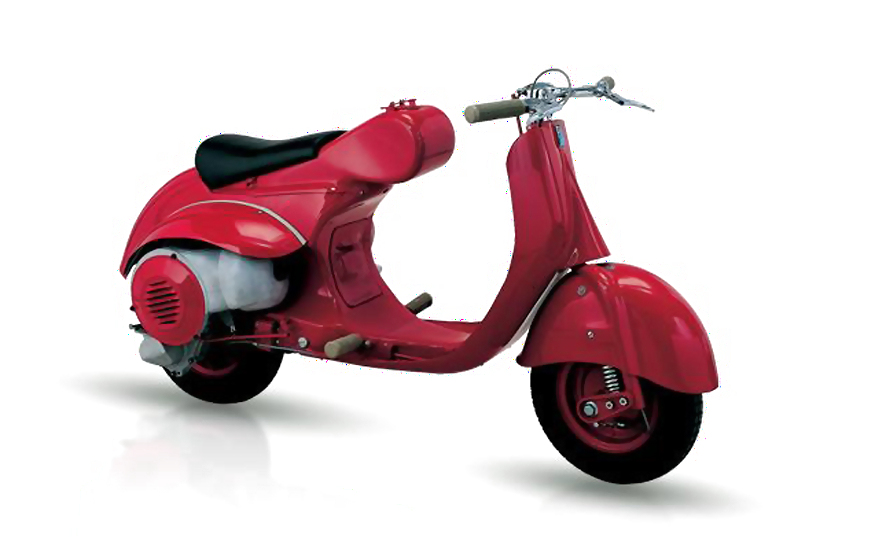
The Vespa 98 Corsa was built specifically to show the world the capacity of the small scooter to be competitive in races. Its original color was red, that’s why this model was also known as the small “fireball”.
3. Vespa 98 II Serie (1947)
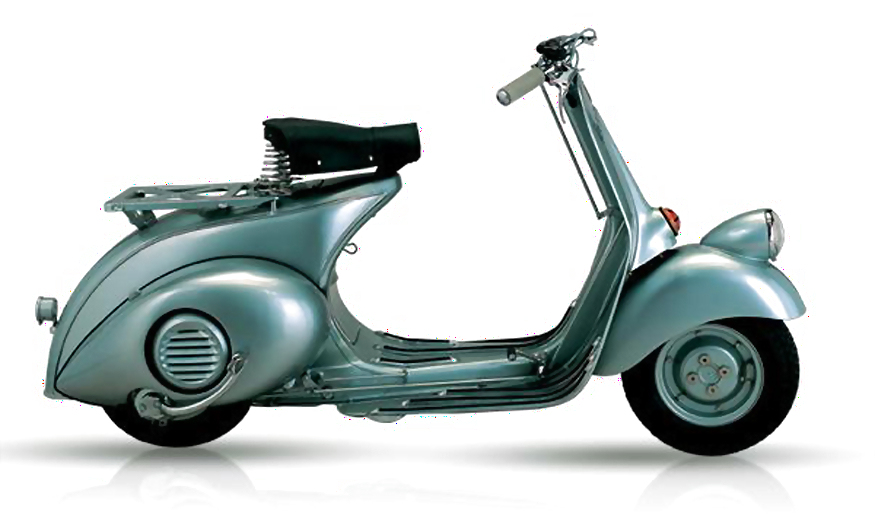
This model offered significant improvements over its predecessor both in terms of the aesthetics and technical specifications.
4. Vespa 125 Corsa “alloy frame” (1949)
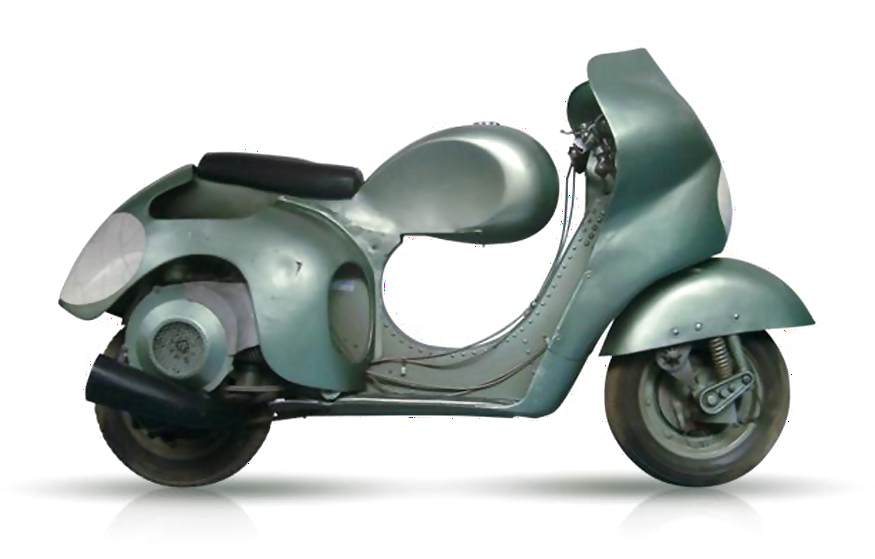
In 1949 Vespa was first built with a race chassis which was made from the same aluminium alloy used for the construction of aircraft and was assembled with rivets, alloy wheels and technology which was highly advanced during the ’40s.
5. Vespa 125 (1949)

At the end of 1947 Enrico Piaggio decided to completely stop the production of Vespa 98cc and to only continue with the 125cc for the Italian and international markets.
6. Vespa Circuito 125 (1949)
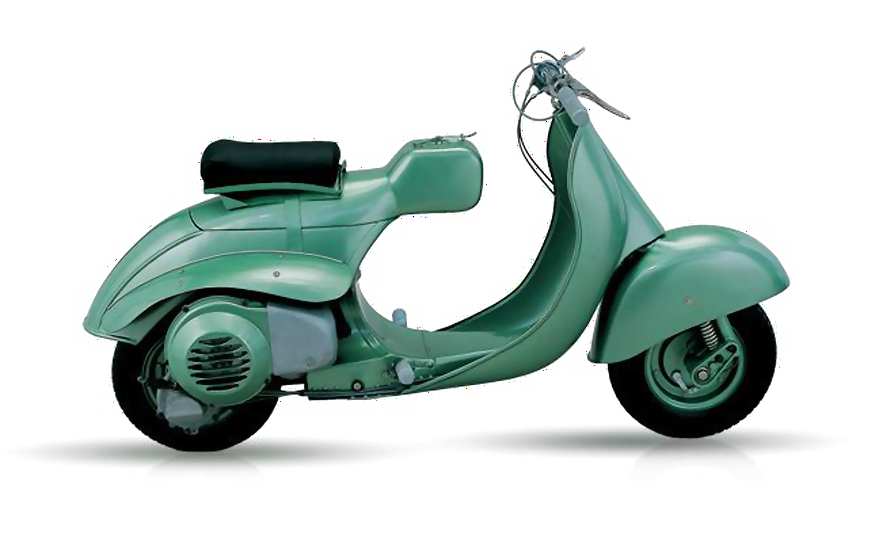
In the late forties the major motorcycle manufacturers considered the best way to advertise their vehicles to participate to several races. The aim was to bring the motorcycling industry to the general public with the hope of creating new potential customers.
7. Vespa Montlhery (1950)
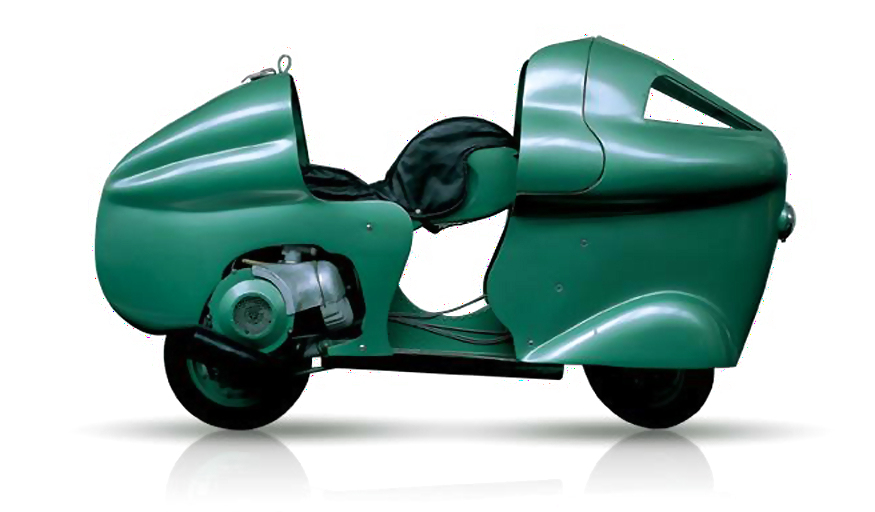
To promote the sporty image of Vespa, Piaggio shifted the focus of spectators to breaking new records. On April 7 1950, at the French circuit of Montlhery, during 10 hours of testing and three drivers who alternated riding, Vespa won in the world record time (average speed of 134 km/h), the 100 miles race (average speed 129.7 km/h), 500 miles race (average speed 123.9 km/h) and the 1,000 km race (average speed 124.3 km/h). With a vehicle similar to the Vespa 125 “circuit” with alloy frame of 1949, Mazzoncini achieved brilliant results in circuit racing.
8. Vespa Siluro (1951)
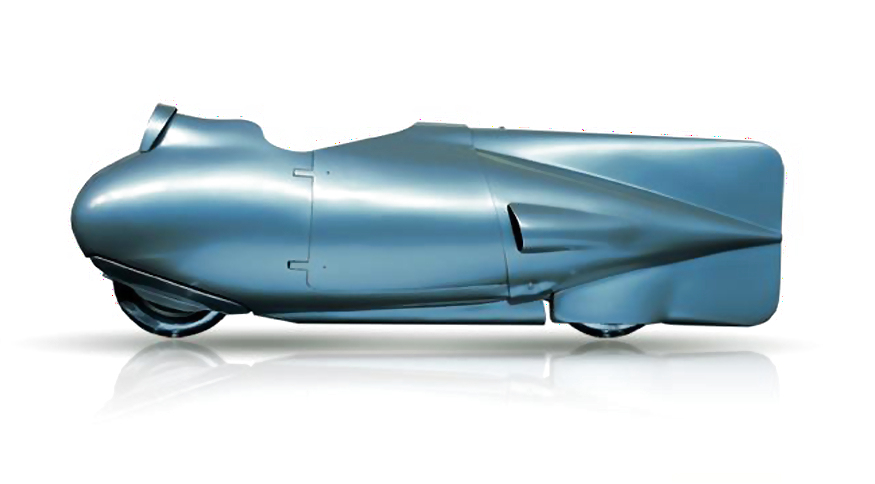
In 1951, Vespa broke its most prestigious record – the flying kilometre.
9. Vespa 125 (1951)

It was the first Vespa model to feature in a movie. The model of 1951 became even more famous after it appeared in the movie Roman Holiday which told the love story of Audrey Hepburn and Gregory Peck in Rome.
10. Vespa 125 “Six Days” (1951)
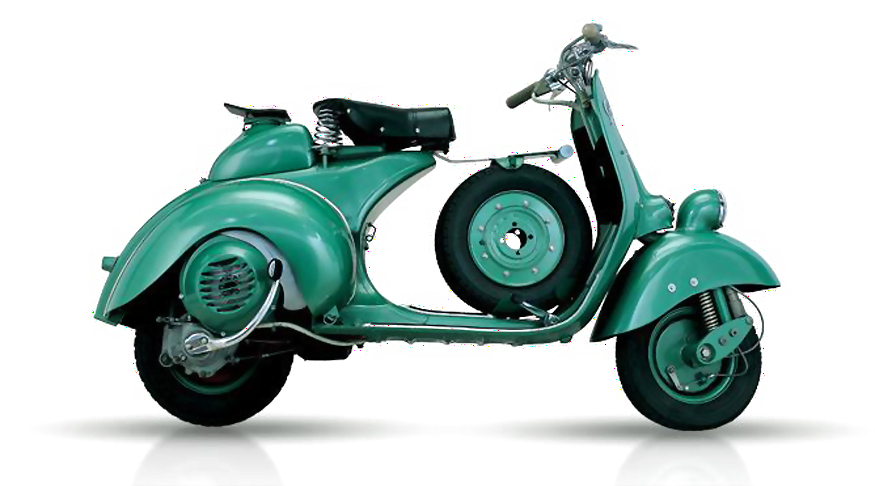
Aesthetically very similar to Vespa 125, the “Six Days” differed due to the fuel tank benefitting of a wraparound shield and the right side bag which accommodated a larger carburetor.
11. Vespa 125 U (1953)
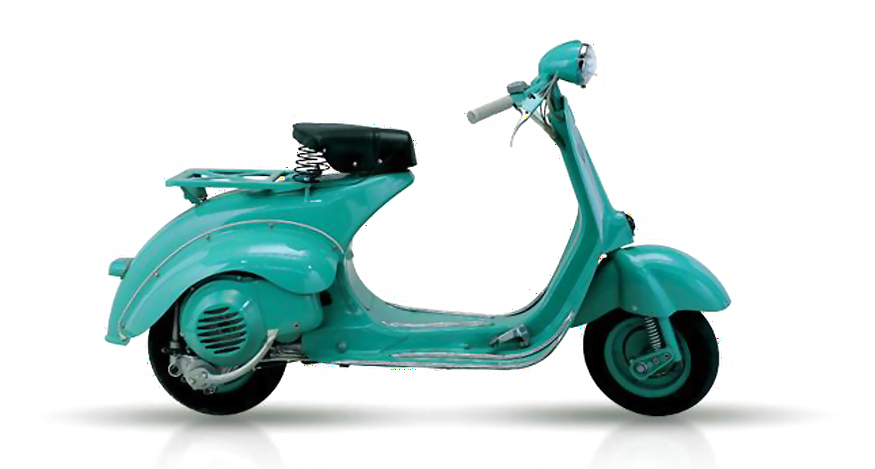
Only 7,000 copies of the U Vespa scooter were ever produced, making this model one of the most sought after by collectors. The letter “U” here stands for utility. It was designed to counteract Lambretta’s competition and got sold on the market for $110. For the first time the headlight was mounted at the height of the handlebars instead of the front fender.
12. Vespa 150 Side-Car (1955)
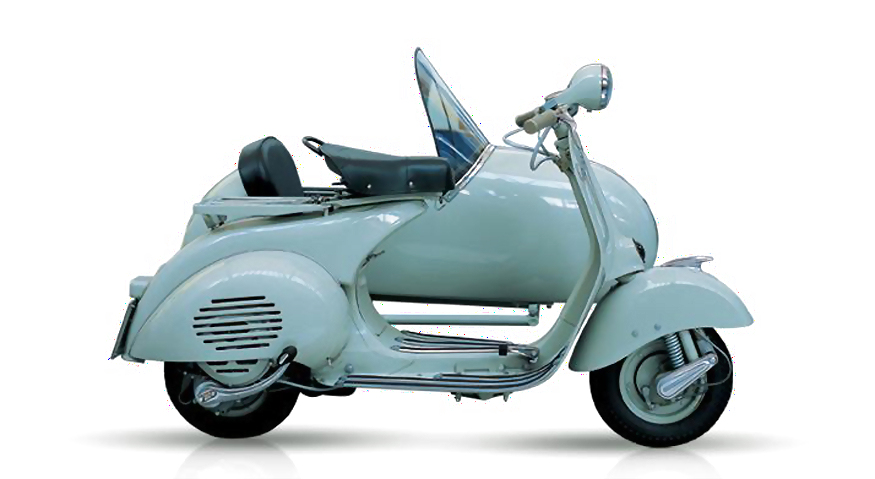
The Vespa with sidecar enabled a stable and comfortable travel over long distances. The sidecar was made of sheet steel and was assembled by hand and attached to the Vespa with a single tube.
13. Vespa 150 GS (1955)
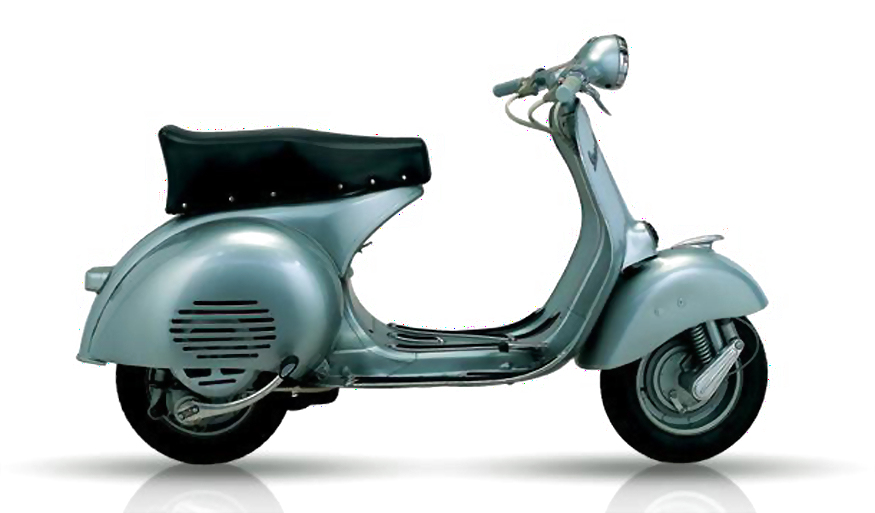
For the first time a vehicle for the mass market was created with a quieter engine and breathtaking performances. The Vespa 150 GS had sports credentials which were a direct result of the experience of the Piaggio racing team. The elongated seat and the large 10-inch wheels fundamentally altered the Vespa line. A pre-series version of this model is now on display at the Piaggio Museum.
14. Vespa 150 (1956)
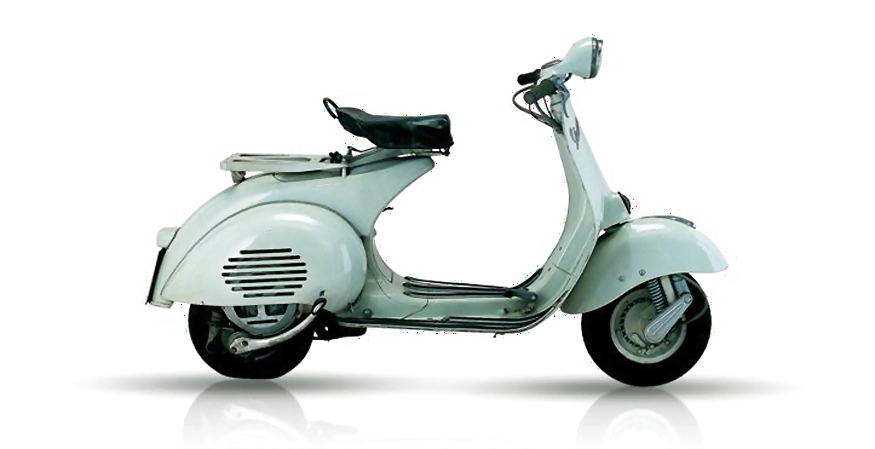
In 1956, ten years after the birth of the first model the Pontedera factory achieved the millionth Vespa sale. The Vespa 150 provided improved performance and it also stood out due to the headlamp mounted high above the handlebars.
15. Vespa 150 TAP (1956)
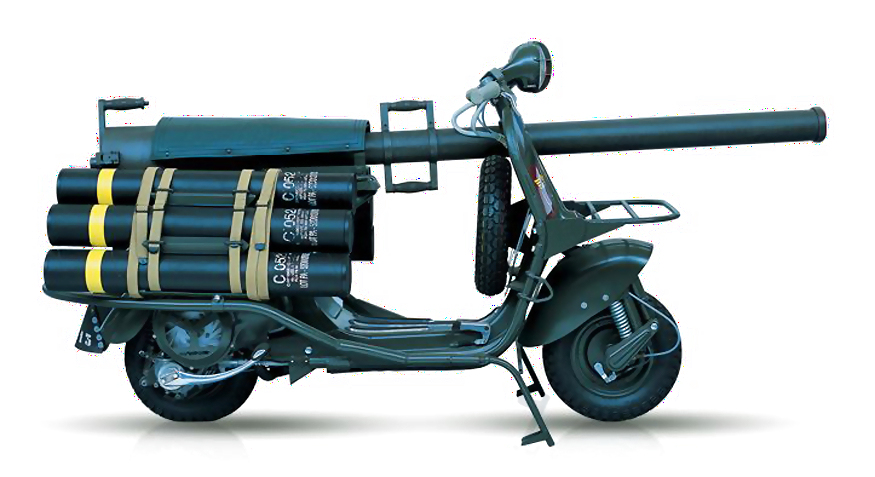
The Vespa TAP was equipped with a 75mm gun, capacity for additional ammunition, two cans of fuel and a small cart. It was produced in two camouflage colours – green and sand. Despite the weight of 115 kg the Vespa TAP could reach a speed of 66 km/h, with a range of 200 km.
16. Vespa 400 (1957)
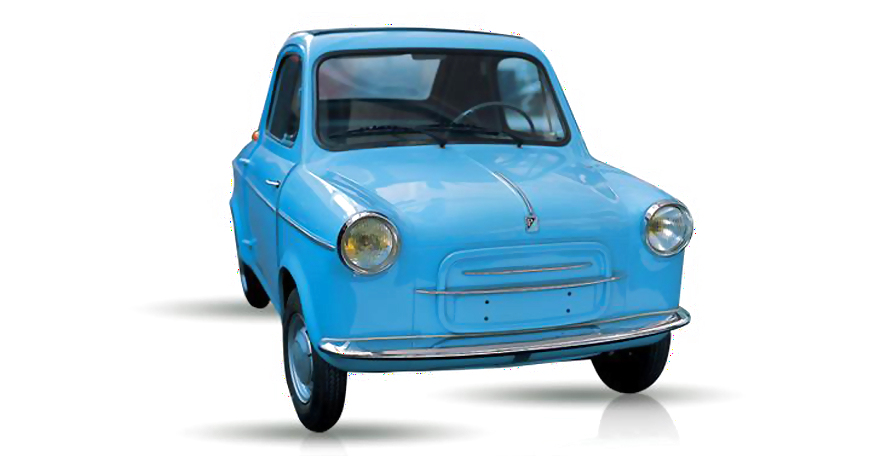
At the peak of Vespa’s success, Piaggio decided to access the four wheels world.
It was always the goal of Corradino D’Ascanio to design the small Vespa 400, a car with a two-stroke engine in the rear. It was launched in 1957 and Piaggio produced 30,000 units of this model.
17. Vespa 125 (VNA2) (1958)
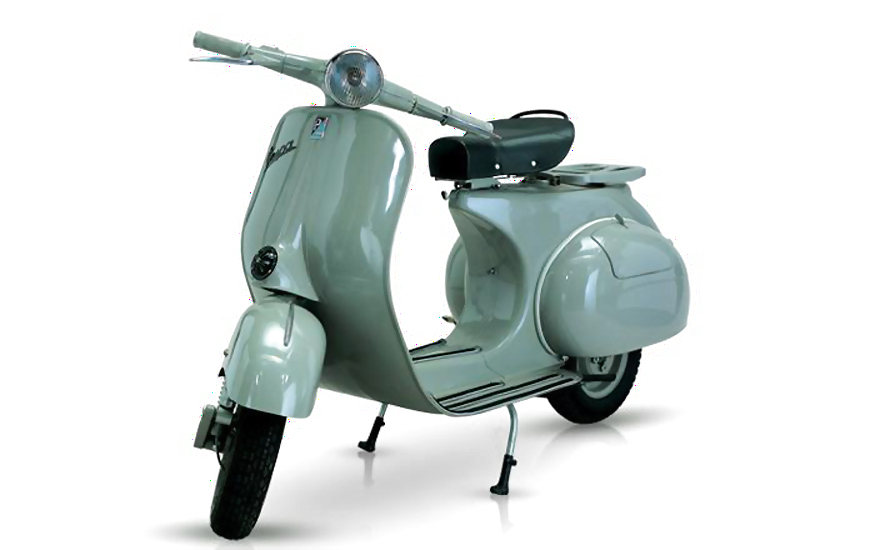
Produced in two colours, grey and beige, the 1958 Vespa 125cc marked an era. This was the first Vespa with a body which was made by the conjunction of two sheet metal halves.
18. Vespa 150 GS VS5 (1959)
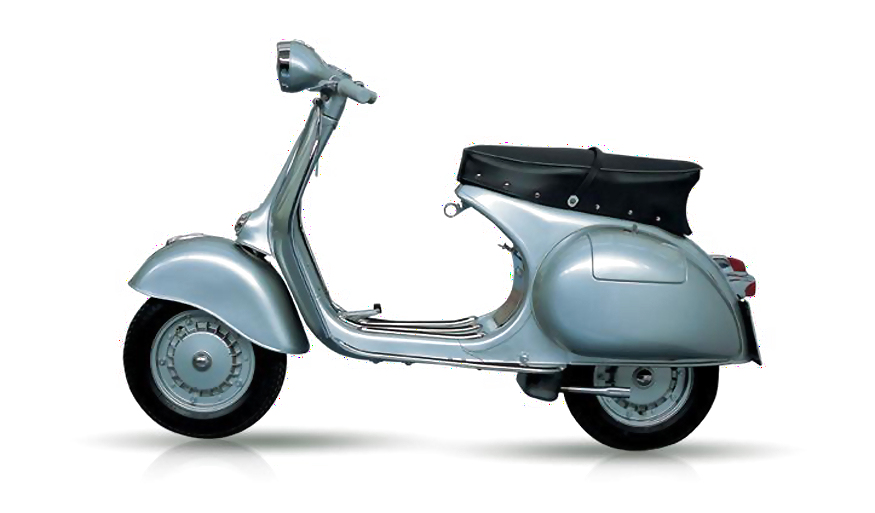
The legendary Vespa 150 Gran Sport established itself in 1955 with the model VS1. This model was adapted and the VS5 version was equipped with a special speedometer fan and a fully chromed tail light with integrated brake light.
19. Vespa 150 (VBA) (1961)
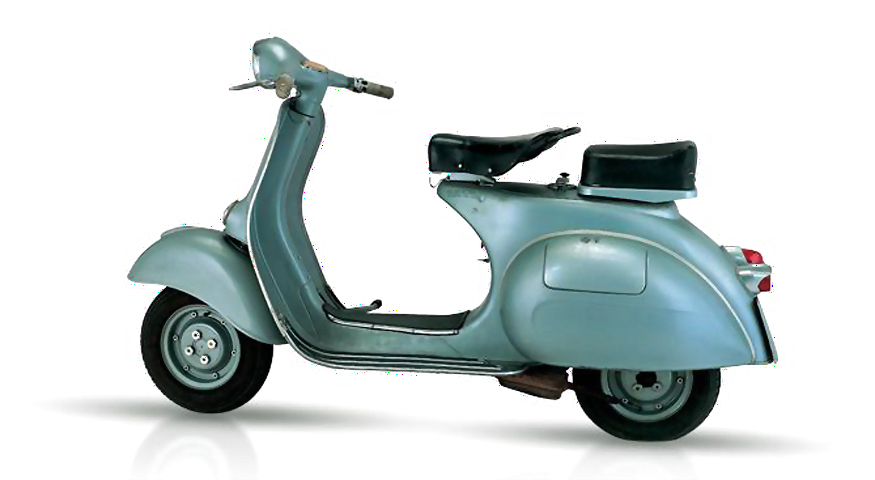
It was presented in 1958 with a few changes. The colour was similar to its predecessors (metallic blue), however the side panels were decorated with some aluminium air vents and the rear light was larger and fully chromed. This model became a great success thanks to its elegance and functionality, and made its debut during the Olympic Games in Rome in 1960.
20. Vespa Dali (1962)
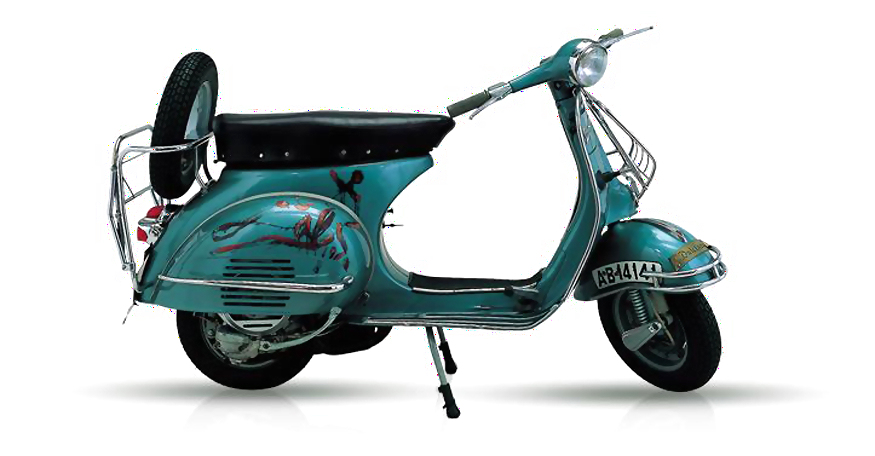
In the summer of 1962, the Vespa model was used to transport two students – Santiago Guillen and Antonio Veciana. The two young men met the master of surrealism, Salvador Dali. Dali, while writing a contemporary chronicle, did not belie his reputation and oddly decided to decorate the body of the Vespa, affixing his signature and name of his wife and muse Gala. In the summer of 1999 in Girona (Spain) during “Eurovespa”, it was exhibited at “The Art of Motorcycle” and was then kindly donated to the Piaggio Museum by Giovanni Alberto Agnelli.
21. Vespa 50 (1963)
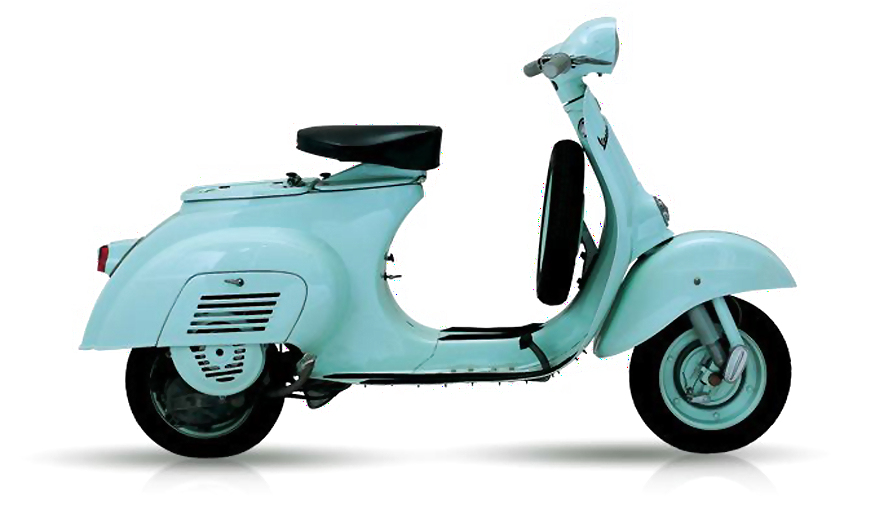
In order to attract a wider audience Piaggio introduced the Vespa 50, which was promoted with the slogan “Young, Modern and … without documents”. It was a Vespa that, according to the rules of the Highway Code in 1963, could be driven without plates and without a license starting from the age of 14.
22. Vespa 90 Super Sprint (1966)
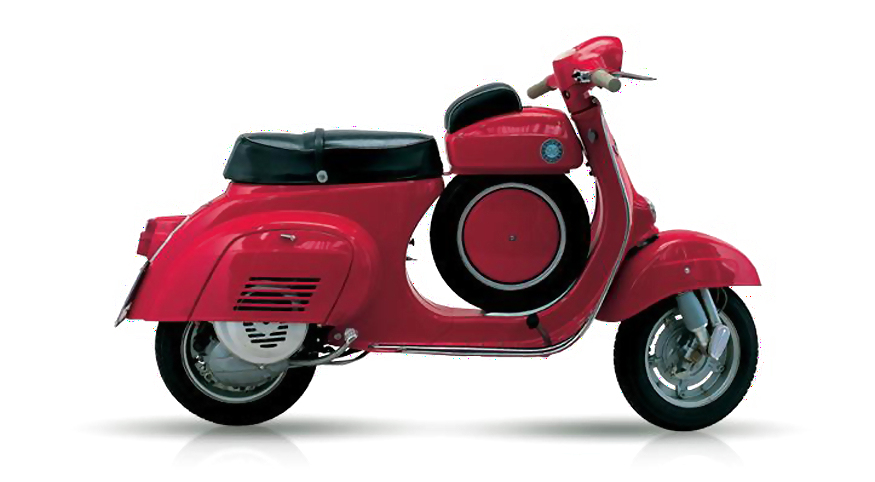
The 90 SS, like the Vespa 50, is among the most sought after models and is said to be a real collectors item.
23. Vespa Alpha (1967)
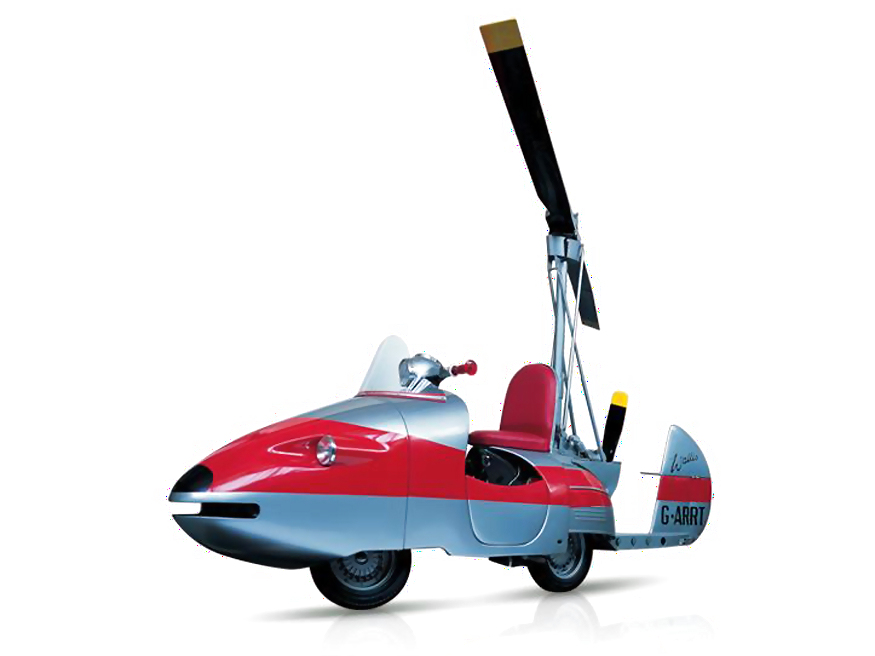
This vehicle was used in the movie “Dick Smart, Agent 2007” with Richard Wyler, Margaret Lee and Rosanna Tapados. This is a Vespa 180 Super Sport transformed by Piaggio and the English Alpha Willis. This scooter in the movie was capable of running on the road, flying like a helicopter as well as being a submarine.
24. Vespa 125 Primavera (1967)
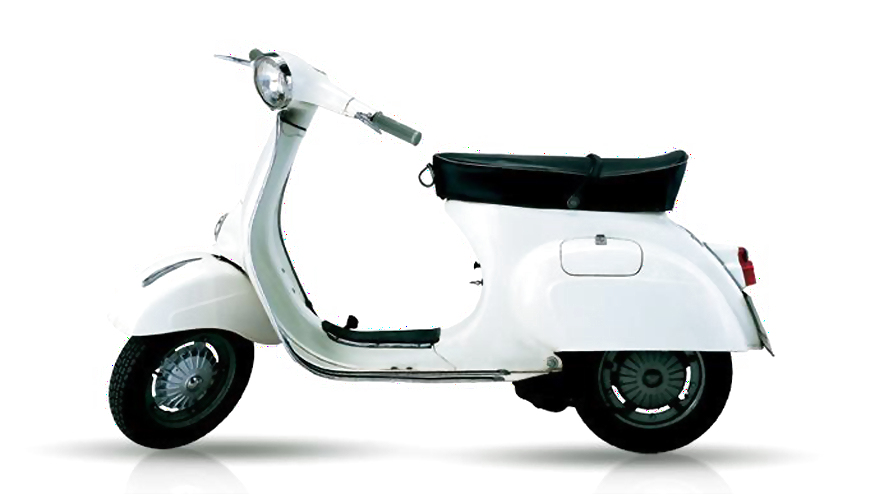
The Primavera was aimed at young people and Piaggio developed the slogan “With a Vespa you can be” for its launch. The main feature of this scooter was the longer chassis, which made it even easier to carry a second passenger.
25. Vespa 180 Rally (1968)

After the success of the Vespa Super Sport 180, Piaggio developed a new high specification 180cc, with a completely new engine and chassis as well as cosmetic changes to the handlebars and saddle.
26. Vespa 50 with pedals (1970)
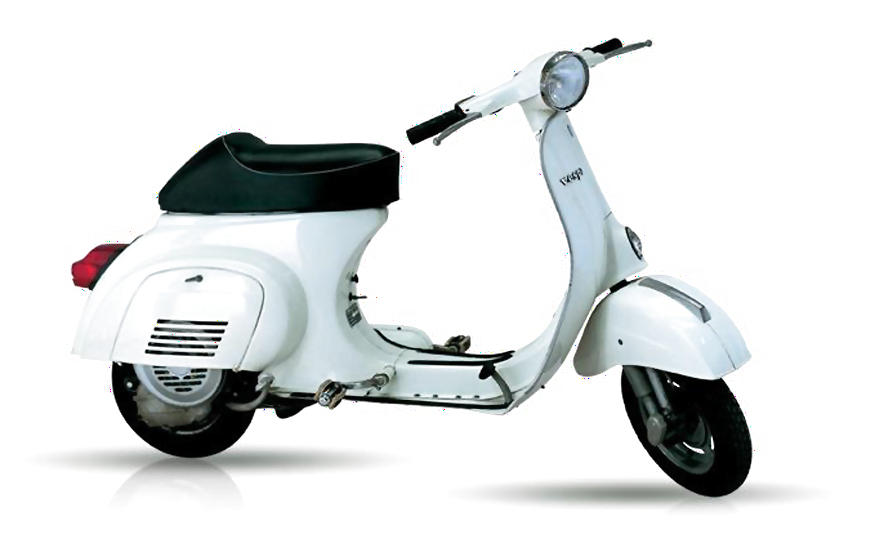
The Vespa 50, to be marketed in France, underwent a transformation, in order to adapt to French regulations. This new scooter had to be adapted by Piaggio to enable the mounting of the pedals, as French law stated that pedals must be present on all two-wheeled vehicles.
27. Vespa 50 Special (1973)
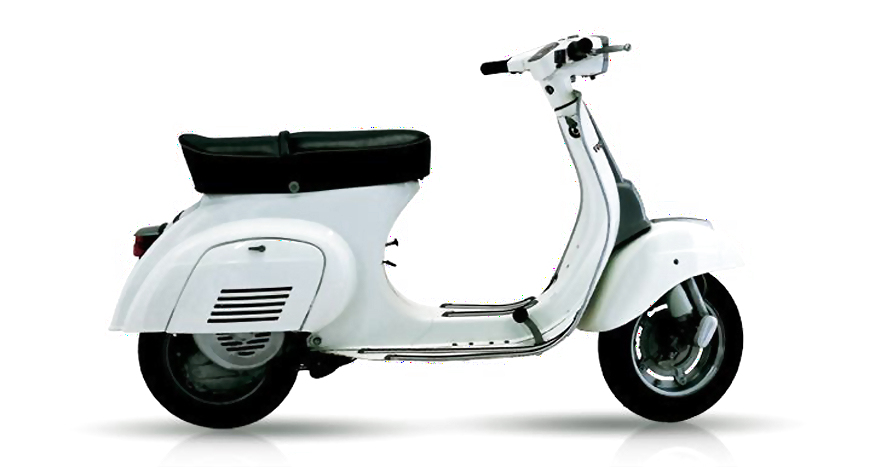
The Vespa 50 Special was predominantly presented for the youth market with cosmetic changes to the handlebars, the headlamp and the tail light.
28. Vespa 125 ET3 (1976)
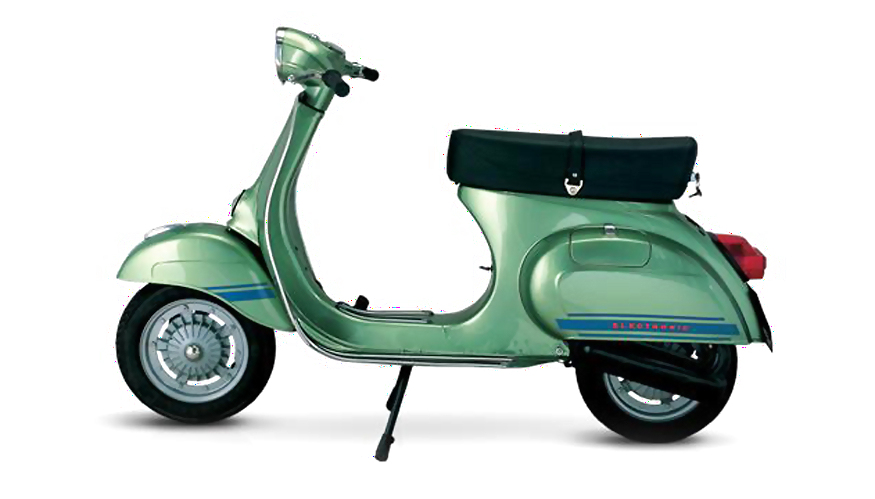
Commissioned specifically for the export market, the Vespa ET3 125 had the same features of the Italian ET3.
29. Vespa Primavera ET3 (1976)

The small size of the Vespa ET3 Primavera, similar to the Vespa 50cc, ensured an agile maneuverability and an excellent road handling. It was developed in the ’70s for the youth market and included details like a denim saddle.
30. Vespa Rally 200 (1976)
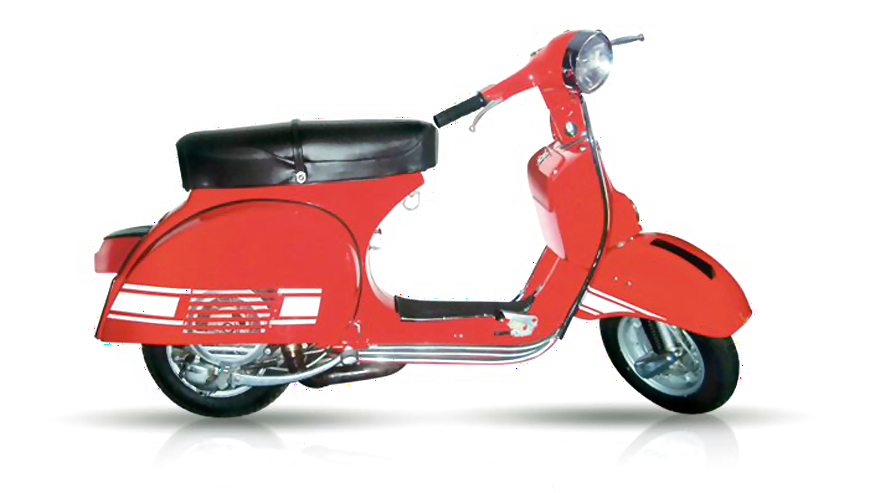
After the great success of the Vespa 180, in 1972 Piaggio developed a model that was powered for the first time by a 200cc engine.
31. Giant Vespa (1977)

It was decorated by the artist Stefano Tonelli with urban graffiti. These pictures are on display in the Piaggio museum alongside the model which has now been restored to its original red colour.
32. Vespa 100 Sport(1978)

Deriving from the Vespa 90, the 100 Sport model was developed due to legislation for mopeds in the American market. The rear lights, in particular, were larger. The capacity increase from 90 to 100 cc was achieved by increasing the cylinder bore.
33. Vespa P125X (1978)

It was presented at the Milan Show in 1977 as the new Vespa PX 125. There was a speedometer on the handlebars, which was completely redesigned and this model was highly innovative due to its updated front suspension with telescopic shock absorber.
34. Vespa 50 S (1985)

To accept the demands of some countries, Piaggio developed a faster 50 cc model. The engine produced a higher power even with the same bore and stroke measurements as the standard model.
35. Vespa 125 T5 Pole Position (1985)
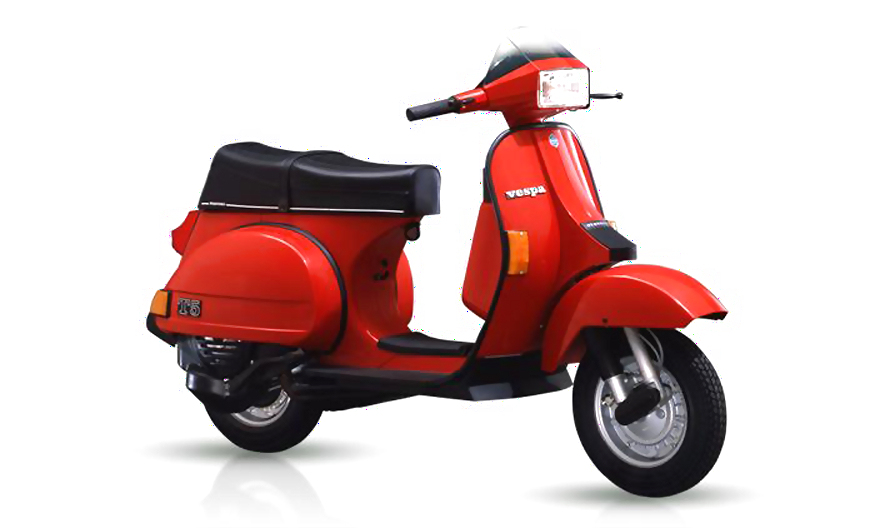
Developed in 1985 as a completely new and redesigned Vespa, the 125 T5 Pole Position was equipped with a new engine which provided enhanced performance.
36. Vespa 50 Special Revival (1991)
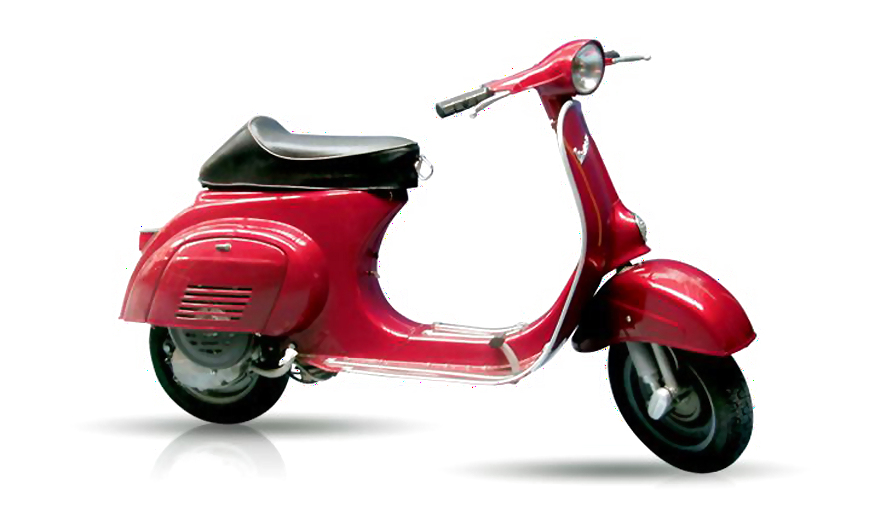
The Vespa 50 Special was most popular model among young people in the sixties, and therefore, it was replicated in the early nineties to for young riders who hadn’t been born during the ’60s.
37. Vespa ET2/ET4 (1996)

This Vespa was more technologically innovative and reached new heights in terms of comfort.
38. Vespa Ferrari ET4 150 (2001)
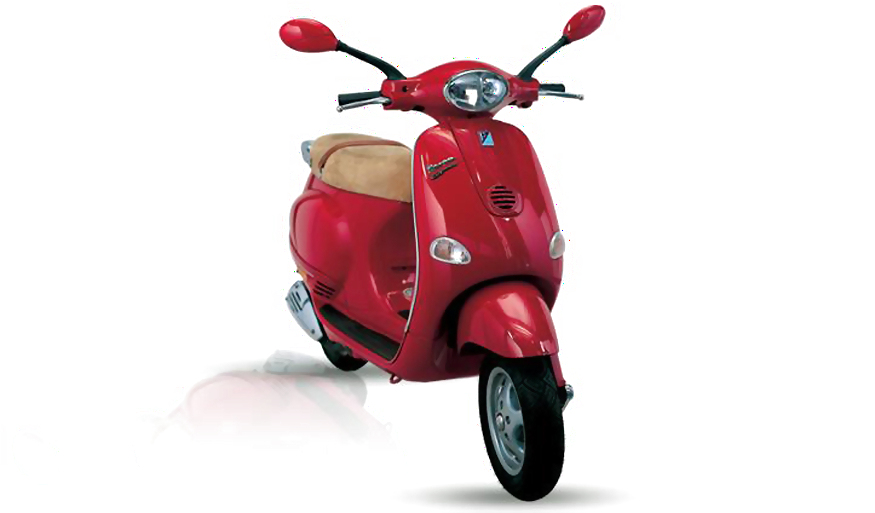
This model was thought as a homage to the Ferrari team for the victory of the Formula 1 World Championship in 2000. The vehicle was customised with the names of Montezemolo, Todt, Schumacher and Barrichello. It had a Ferrari red livery with leather saddle which was of the same material used to upholster the inside of a Ferrari.
39. Vespa Trafeli (2003)
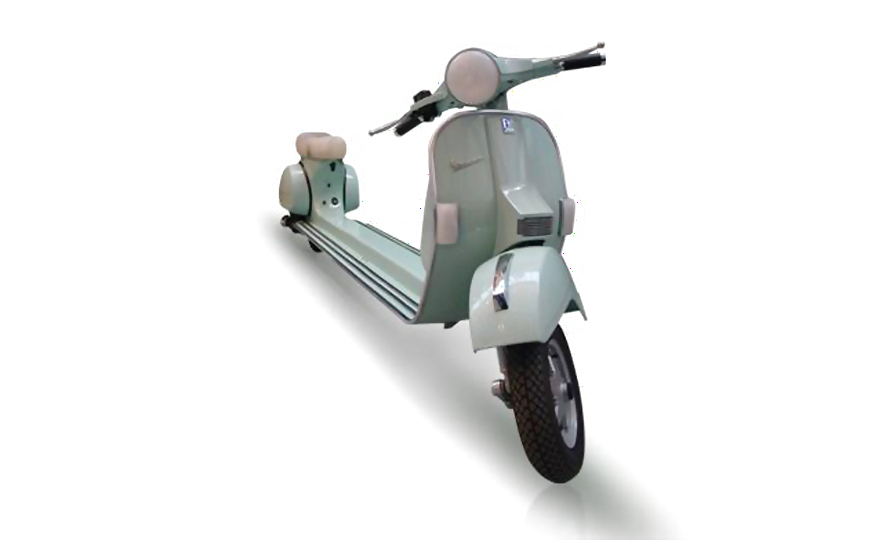
Vespa PX became a true work of art, moulded and shaped by the creativity of Mino Trafeli. It was on display at the Museum Piaggio in 2003.
40. Vespa LX (2005)

This was the return of the “Vespino”, the small body model which was offered alongside the larger “vespone” for more than 40 years, in an extremely modern stylistic and technical key. Vespa LX replaced the glorious Vespa ET and was available in four modern and ecological engine sizes.
41. Vespa GTS 250 IE (2005)
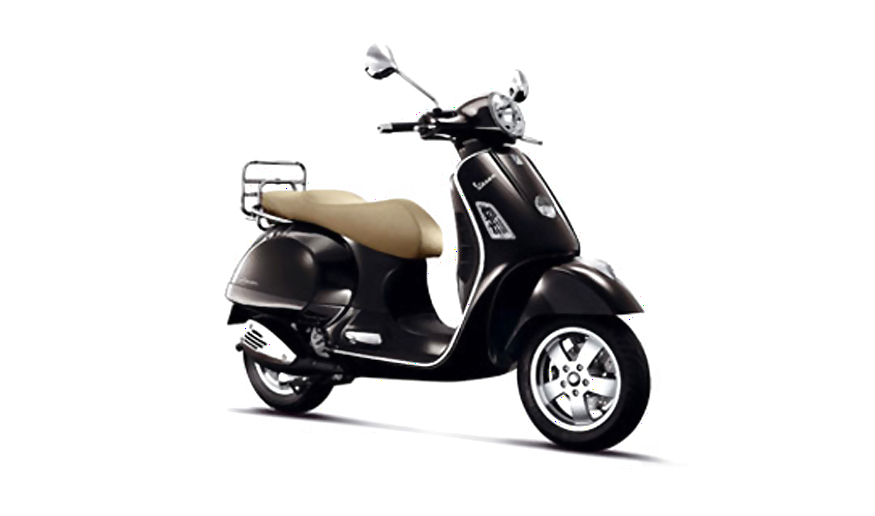
Fifty years after the launch of the Vespa GS (Gran Sport), the first sport scooter in history and still a sought after treasure for collectors and fans, the Vespa GTS 250 IE renewed the GS.
42. Vespa GTV – LXV (2006)

Conceived to celebrate an absolute legend in the world of two wheelers, the Vespa LXV and Vespa GTV repeated and reinterpreted the most distinctive elements of ’50s and ’60s styling in form and function.
43. Vespa GT 60-degree 250 cc (2006)
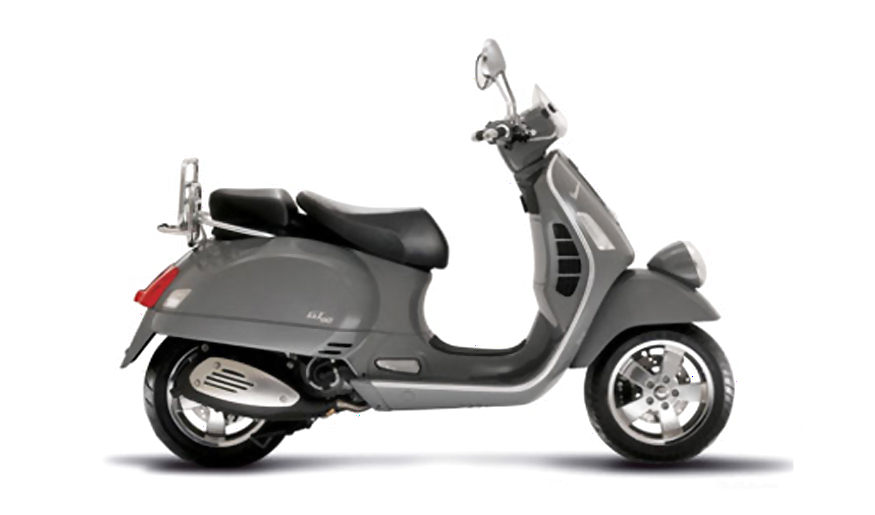
It was introduced to celebrate the company’s sixtieth anniversary.
44. Vespa S50 – 125 (2007)
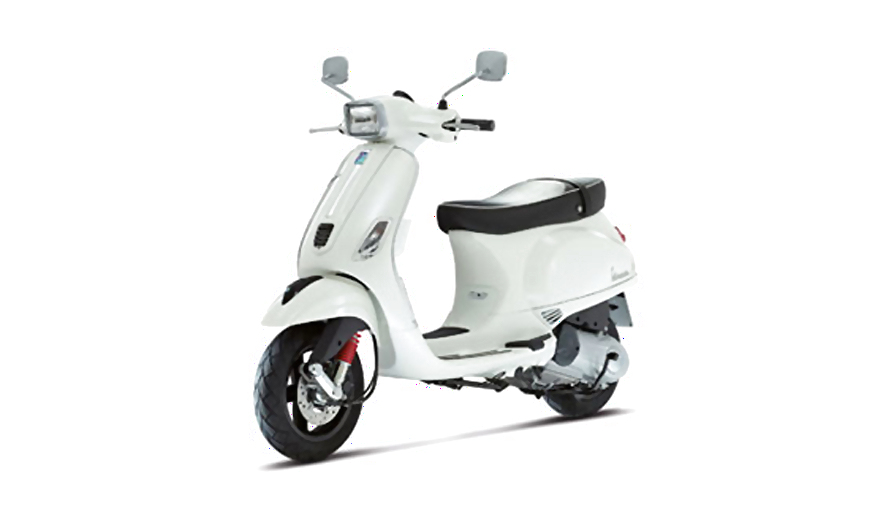
All the character of the sporty “Vespino” of yesteryear was revived by the brand new Vespa S. The Vespa S inherited its rigorously minimalist looks from legendary models of the 1970s like the 50 Special and Vespa Primavera
45. Vespa GTS 300 SUPER (2008)
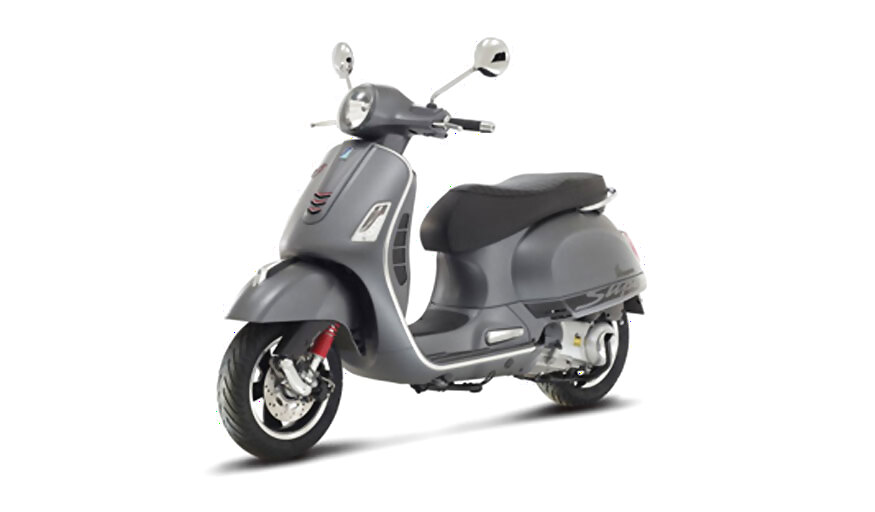
With its sporty design, the Vespa GTS 300 Super embodied the style, convenience, safety and sturdiness of the Vespa brand.
46. Vespa S50 – LX50 4v (2009)

The new 50cc, four stroke, four valve engine lead to the rediscovery of an engine size which is “legendary” in Vespa history.
47. Vespa GTS ABS ASR (2014)
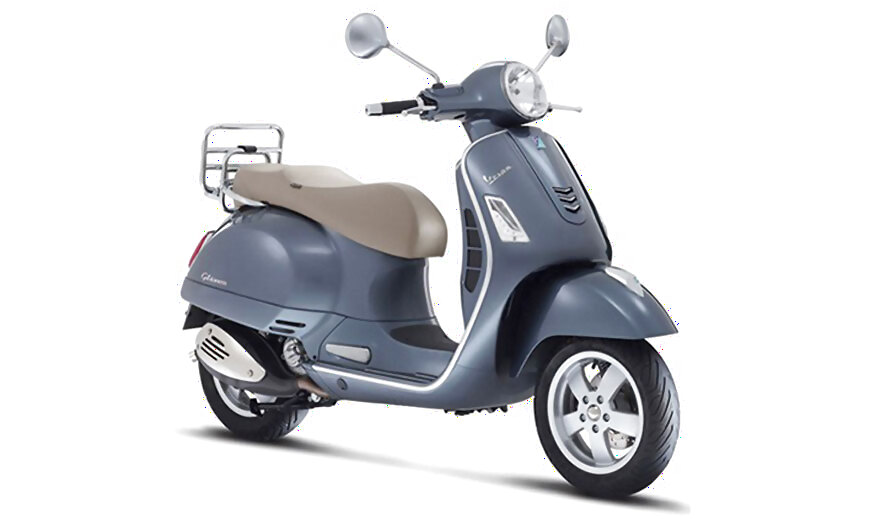
In 2014, Vespa GTS was new and improved with the adoption of the most advanced technological electronic riding support systems – 2-channel ABS braking system and ASR traction control.
48. Vespa 946 Armani (2015)

To mark the year 2015 – the 40th anniversary of the foundation of Giorgio Armani and the 130th birthday of the Piaggio Group – Emporio Armani designed a special version of the Vespa 946. The words ‘Emporio Armani’ appear on the side, while the iconic eagle logo of the brand sits above the headlight.
49. 70-degree anniversary (2016)
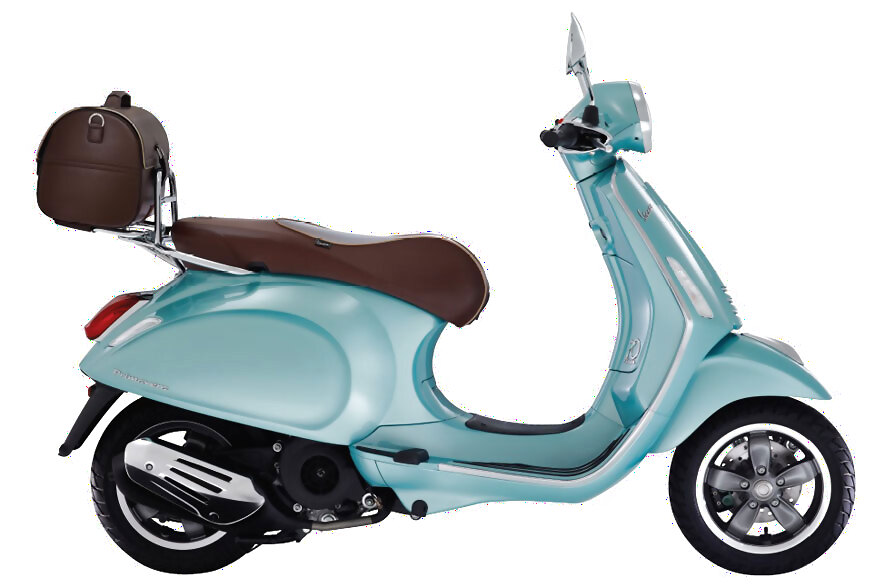
Piaggio is marking the 70th anniversary of the iconic Vespa scooter with a special commemorative series of models, including the nippy Vespa Primavera, the sporty GTS (in 125cc and 300cc versions) and the timeless PX.
Read all the Latest News and Breaking News here











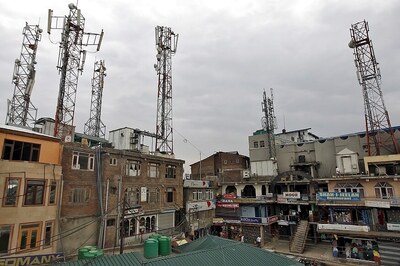







Comments
0 comment